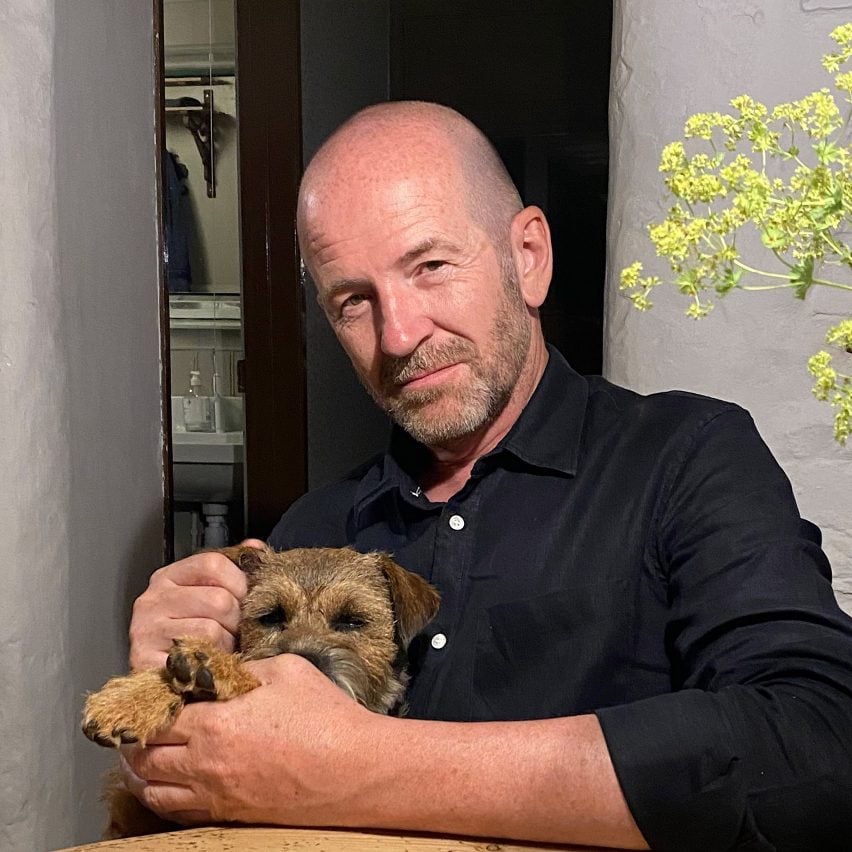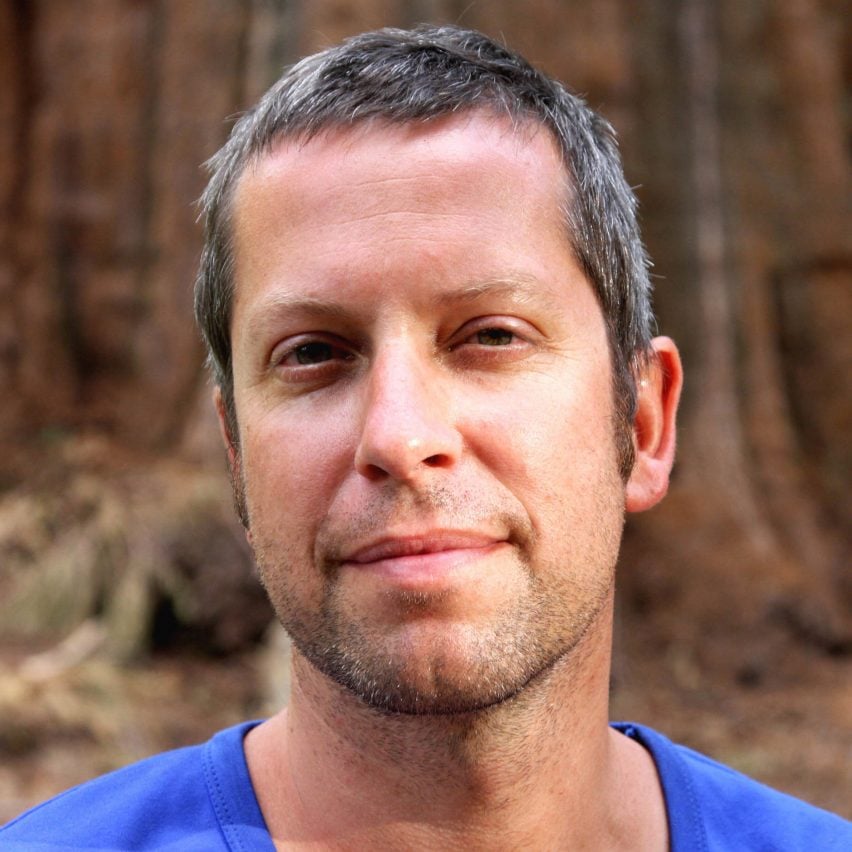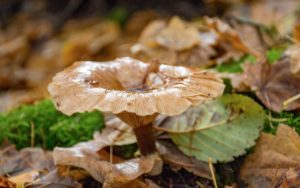 Justine Karst, a mycologist at the University of Alberta, feared things had gone too far when her son got home from eighth grade and told her he had learned that trees could talk to each other through underground networks. Jason Hoeksema of the University of Mississippi, had a similar feeling. Few recent scientific discoveries have captured the public’s imagination quite like the wood-wide web — a wispy network of fungal filaments hypothesized to shuttle nutrients and information through the soil and to help forests thrive. …But as the wood-wide web has gained fame, it has also inspired a backlash among scientists. …Dr. Karst, Dr. Hoeksema and Melanie Jones… found little evidence that shared fungal networks help trees to communicate, swap resources or thrive.
Justine Karst, a mycologist at the University of Alberta, feared things had gone too far when her son got home from eighth grade and told her he had learned that trees could talk to each other through underground networks. Jason Hoeksema of the University of Mississippi, had a similar feeling. Few recent scientific discoveries have captured the public’s imagination quite like the wood-wide web — a wispy network of fungal filaments hypothesized to shuttle nutrients and information through the soil and to help forests thrive. …But as the wood-wide web has gained fame, it has also inspired a backlash among scientists. …Dr. Karst, Dr. Hoeksema and Melanie Jones… found little evidence that shared fungal networks help trees to communicate, swap resources or thrive.
Others, however, maintain that the wood-wide web is on firm ground and are confident that further research will confirm many of the hypotheses proffered about fungi in forests. Dr. Simard, who has been at the University of BC since 2002, has… argued in favor of the view that trees communicate via mycorrhizal networks and against a long-held idea that competition between trees is the dominant force shaping forests. In her TED Talk, she called trees “super-cooperators.” …Dr. Karst argued that much of the evidence used to support the wood-wide web hypothesis could have other explanations. …No one has demonstrated that fungi distribute meaningful amounts of resources among trees in ways that increase the fitness of the receiving trees, Dr. Hoeksema said. Yet nearly all discussions of the wood-wide web, scientific or popular, have described it as benefiting trees. …Lest you worry that a less webby woods could feel a tad drab, the researchers maintain that there’s plenty of intrigue even if it turns out that trees aren’t whispering secrets to each other via subterranean fungal channels.
 Surging construction costs, supply chain snarls and unprecedented demand led to something of a wild ride for lumber prices at the height of the COVID-19 pandemic. …According to Vancouver-based consultant Russ Taylor prices are around 50% above what would traditionally be considered a good market, although inflation, rising interest rates and cooler demand in the DIY market mean they’re likely to decline imminently. …Some of the challenges associated with the pandemic appear to be easing, with more mills now able to operate, produce lumber and bring supply into the market. …While the supply problem in the market is easing, inventory is still “quite low,” meaning that those who need to buy at present are propping up lumber prices to some degree. However, that situation will probably end before the season is out, according to Taylor, as some construction pauses due to summer breaks or hot weather.
Surging construction costs, supply chain snarls and unprecedented demand led to something of a wild ride for lumber prices at the height of the COVID-19 pandemic. …According to Vancouver-based consultant Russ Taylor prices are around 50% above what would traditionally be considered a good market, although inflation, rising interest rates and cooler demand in the DIY market mean they’re likely to decline imminently. …Some of the challenges associated with the pandemic appear to be easing, with more mills now able to operate, produce lumber and bring supply into the market. …While the supply problem in the market is easing, inventory is still “quite low,” meaning that those who need to buy at present are propping up lumber prices to some degree. However, that situation will probably end before the season is out, according to Taylor, as some construction pauses due to summer breaks or hot weather.
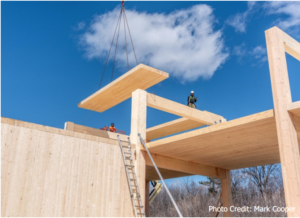
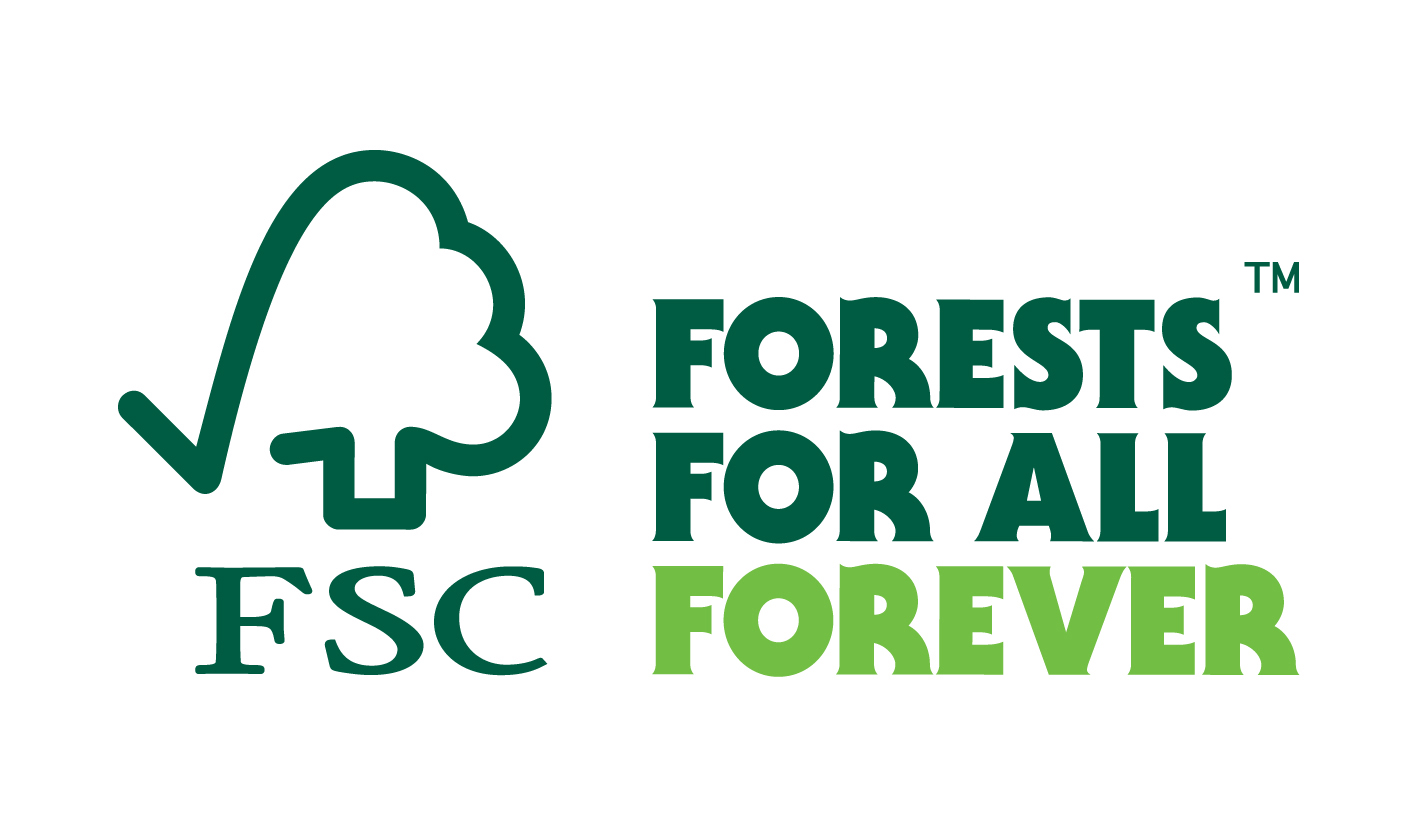 Toronto, Canada—FSC Canada congratulates the City of Toronto for incorporating mass timber as part of an
Toronto, Canada—FSC Canada congratulates the City of Toronto for incorporating mass timber as part of an 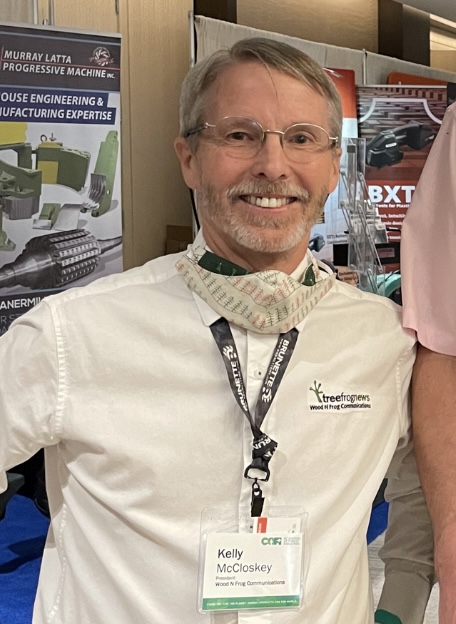
 Through carbon capture and sequestration, Canada’s forests play a critical role in the fight against climate change. Carbon gains have been realized through world-class sustainable forest management while at the same time, insects, wildfire, and other natural disturbance impacts work to release carbon back into the atmosphere. To monitor and help manage forest carbon stocks, the Government of Canada has developed a sophisticated approach to carbon accounting and reporting. A highly specialized team of research scientists, programmers, analysts, and remote sensing specialists make up the Carbon Accounting Team in the Canadian Forest Service.
Through carbon capture and sequestration, Canada’s forests play a critical role in the fight against climate change. Carbon gains have been realized through world-class sustainable forest management while at the same time, insects, wildfire, and other natural disturbance impacts work to release carbon back into the atmosphere. To monitor and help manage forest carbon stocks, the Government of Canada has developed a sophisticated approach to carbon accounting and reporting. A highly specialized team of research scientists, programmers, analysts, and remote sensing specialists make up the Carbon Accounting Team in the Canadian Forest Service.


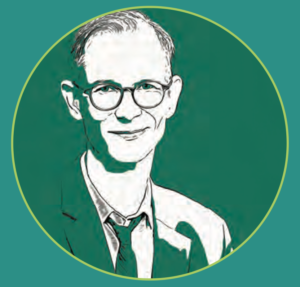
 It is with a heavy heart that I announce—after more than 30 years—the Canadian Women in Timber are dissolving our organization. Since 1989 we have enthusiastically championed the forestry and logging sectors in British Columbia. We’ve collectively touched the lives of hundreds of thousands of school children, parents, teachers and community members – fostering an interest and passion for the natural science of forestry, management and operations/harvesting. Our educational materials have been re-published many times (with support from our sponsors) and are part of classroom sets and family bookshelves around the province and across Canada.
It is with a heavy heart that I announce—after more than 30 years—the Canadian Women in Timber are dissolving our organization. Since 1989 we have enthusiastically championed the forestry and logging sectors in British Columbia. We’ve collectively touched the lives of hundreds of thousands of school children, parents, teachers and community members – fostering an interest and passion for the natural science of forestry, management and operations/harvesting. Our educational materials have been re-published many times (with support from our sponsors) and are part of classroom sets and family bookshelves around the province and across Canada.
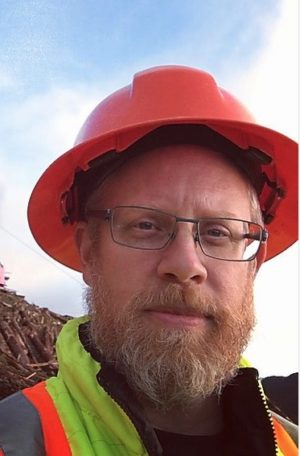
 What have been the downstream effects of the reduced timber harvest? Lumber production province wide is down 12.7% ytd (July). Coast production is down 6.8% ytd. And interior production is down by 13.5% ytd to levels not seen in many decades. Timber supply issues have been a large part of that decline, especially for the interior. Other contributing factors include the collapse in lumber prices as well as transportation issues. …The following is a list of manufacturing facilities which have either permanently closed or temporary curtailed since Q4 2021. …No other provinces are reporting closures to the same magnitude. Conversely, there is relatively little new capacity being added. This is where things are at for British Columbia’s forest sector, and it’s not good. Unfortunately, Eby has already said his 100- day plan includes a pledge to accelerate the old growth plan.
What have been the downstream effects of the reduced timber harvest? Lumber production province wide is down 12.7% ytd (July). Coast production is down 6.8% ytd. And interior production is down by 13.5% ytd to levels not seen in many decades. Timber supply issues have been a large part of that decline, especially for the interior. Other contributing factors include the collapse in lumber prices as well as transportation issues. …The following is a list of manufacturing facilities which have either permanently closed or temporary curtailed since Q4 2021. …No other provinces are reporting closures to the same magnitude. Conversely, there is relatively little new capacity being added. This is where things are at for British Columbia’s forest sector, and it’s not good. Unfortunately, Eby has already said his 100- day plan includes a pledge to accelerate the old growth plan.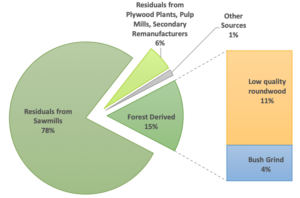 VANCOUVER, BC – A
VANCOUVER, BC – A 
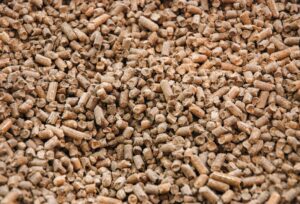 As of 2020, 22 per cent of Europe’s energy came from renewables. But 60 per cent of that is bioenergy – much of it wood biomass. It’s an industry that has come under intense scrutiny and criticism of late from environmentalists. …Despite what IPCC scientists say about bioenergy’s role in shifting the world’s energy generation away from fossil fuels like coal and natural gas, environmentalists say bioenergy’s climate benefits no longer add up. …As biomass energy demand grows, they say the industry is running out of wood waste and increasingly resorting to harvesting forests. BIV put that question to five scientists:
As of 2020, 22 per cent of Europe’s energy came from renewables. But 60 per cent of that is bioenergy – much of it wood biomass. It’s an industry that has come under intense scrutiny and criticism of late from environmentalists. …Despite what IPCC scientists say about bioenergy’s role in shifting the world’s energy generation away from fossil fuels like coal and natural gas, environmentalists say bioenergy’s climate benefits no longer add up. …As biomass energy demand grows, they say the industry is running out of wood waste and increasingly resorting to harvesting forests. BIV put that question to five scientists:



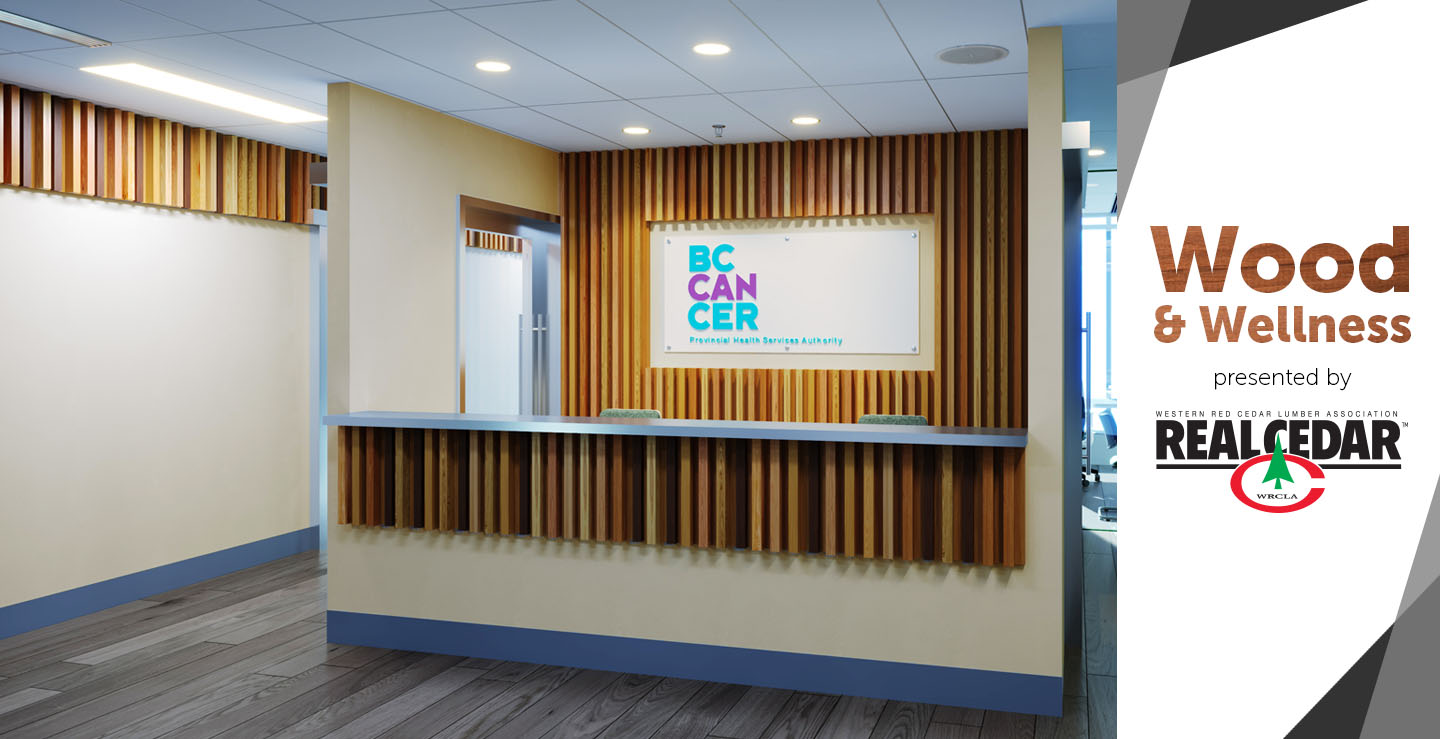

 Canfor was selected by Parks Canada through a competitive bid process to undertake a large-scale mechanical fuel reduction program on Pyramid Bench in Jasper National Park over winter 2018 – 2019. The project was designed to reduce the risk of severe wildfire impacting the town of Jasper, which had increased substantially due to the recent mountain pine beetle outbreak in the surrounding forest. The program demonstrated that mechanical harvesting can be successfully used as a tool to reduce forest fuels in environmentally sensitive locations with high recreational use adjacent to communities.
Canfor was selected by Parks Canada through a competitive bid process to undertake a large-scale mechanical fuel reduction program on Pyramid Bench in Jasper National Park over winter 2018 – 2019. The project was designed to reduce the risk of severe wildfire impacting the town of Jasper, which had increased substantially due to the recent mountain pine beetle outbreak in the surrounding forest. The program demonstrated that mechanical harvesting can be successfully used as a tool to reduce forest fuels in environmentally sensitive locations with high recreational use adjacent to communities. The Tree Frog News is pleased to present the full transcript of Susan Yurkovich’s Wrap Up at the 2021/22 COFI Conference. Susan is in a class of her own when it comes to putting on a major conference and simultaneously capturing the key highlights and lessons learned. As is past years, Susan’s summary is sure to be the most read story in Today’s Tree Frog News.
The Tree Frog News is pleased to present the full transcript of Susan Yurkovich’s Wrap Up at the 2021/22 COFI Conference. Susan is in a class of her own when it comes to putting on a major conference and simultaneously capturing the key highlights and lessons learned. As is past years, Susan’s summary is sure to be the most read story in Today’s Tree Frog News. This week, almost 800 business, government, First Nations and community leaders have gathered in Vancouver for the B.C. Council of Forest Industries (COFI) annual convention—the first in-person version of the annual event since 2019. Susan Yurkovich, President and CEO of COFI opened the conference noting her delight to be in a (real) room connecting with so many provincial, municipal and First Nation and industry leaders. Noting the many issues the sector faces as it emerges from the pandemic, Yurkovich said, “there are lots of good people here with big ideas on how to build a strong economy and brighter future for our planet, where B.C.’s globally leading sustainable forestry practices and low-carbon forest products can play an outsized role.”
This week, almost 800 business, government, First Nations and community leaders have gathered in Vancouver for the B.C. Council of Forest Industries (COFI) annual convention—the first in-person version of the annual event since 2019. Susan Yurkovich, President and CEO of COFI opened the conference noting her delight to be in a (real) room connecting with so many provincial, municipal and First Nation and industry leaders. Noting the many issues the sector faces as it emerges from the pandemic, Yurkovich said, “there are lots of good people here with big ideas on how to build a strong economy and brighter future for our planet, where B.C.’s globally leading sustainable forestry practices and low-carbon forest products can play an outsized role.” 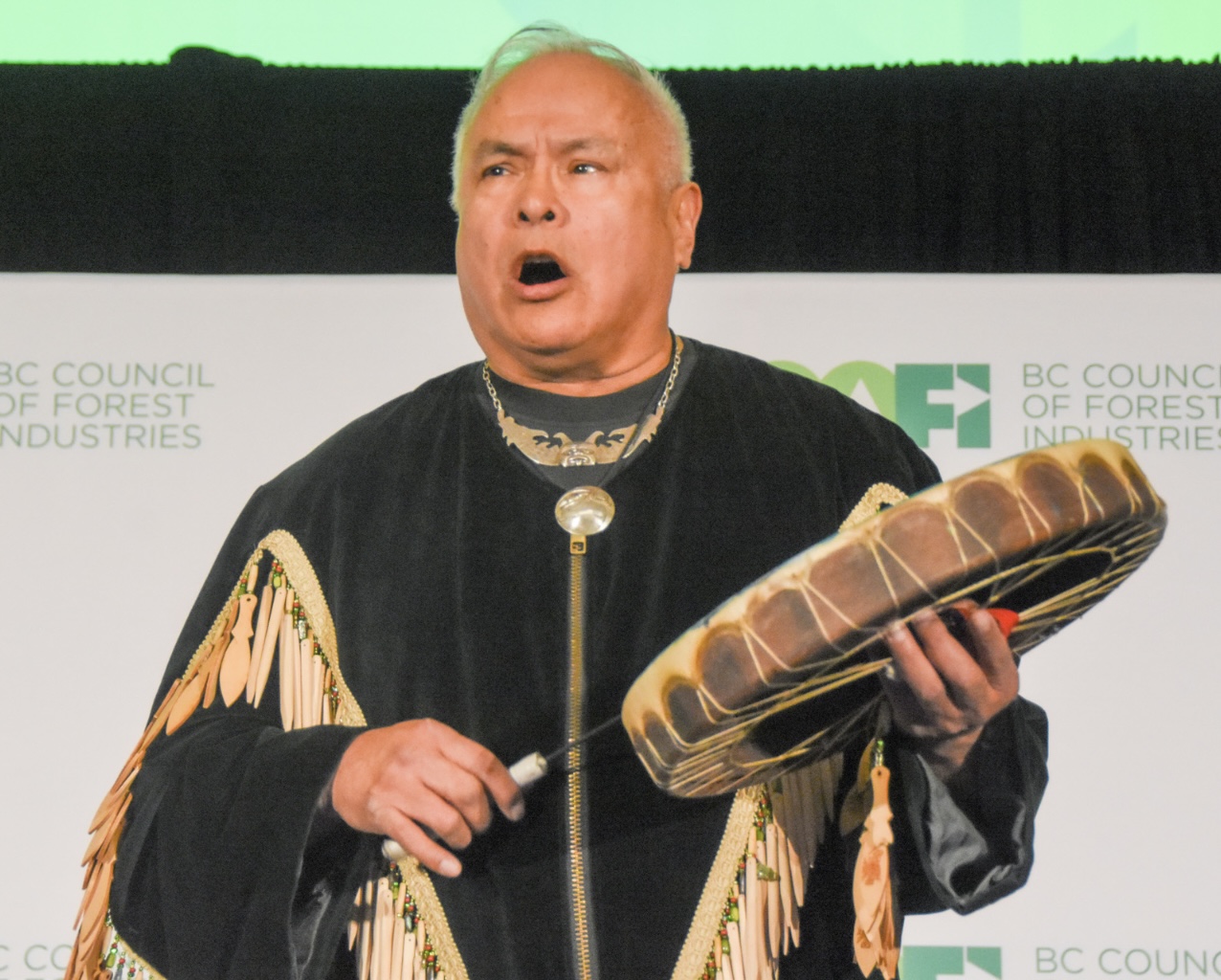

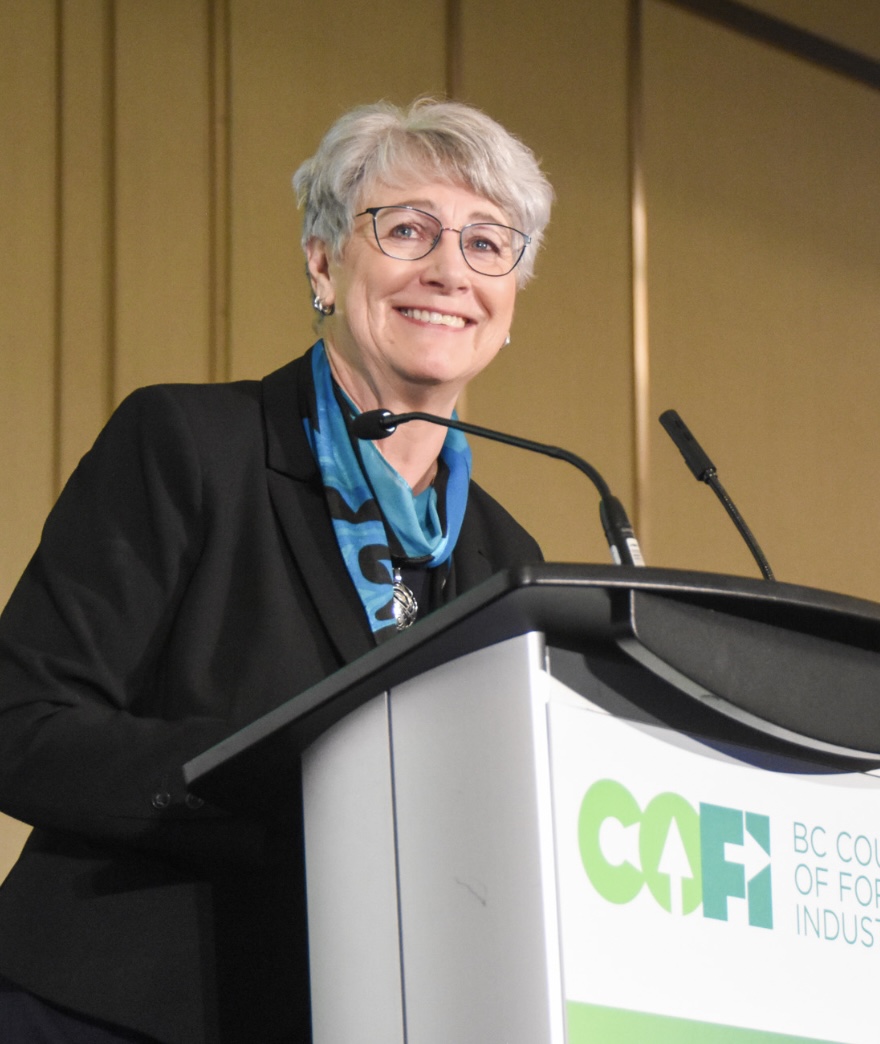
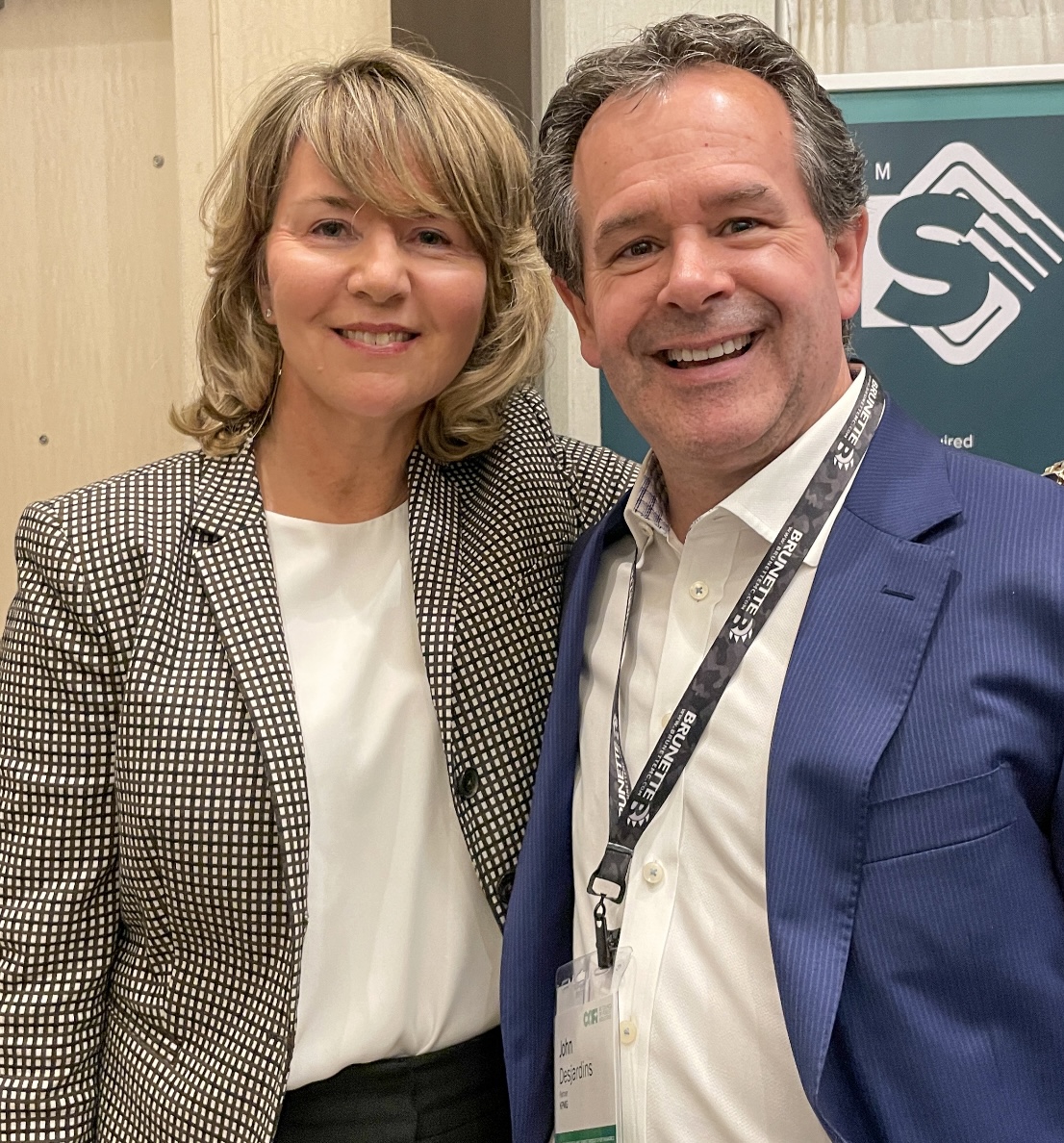
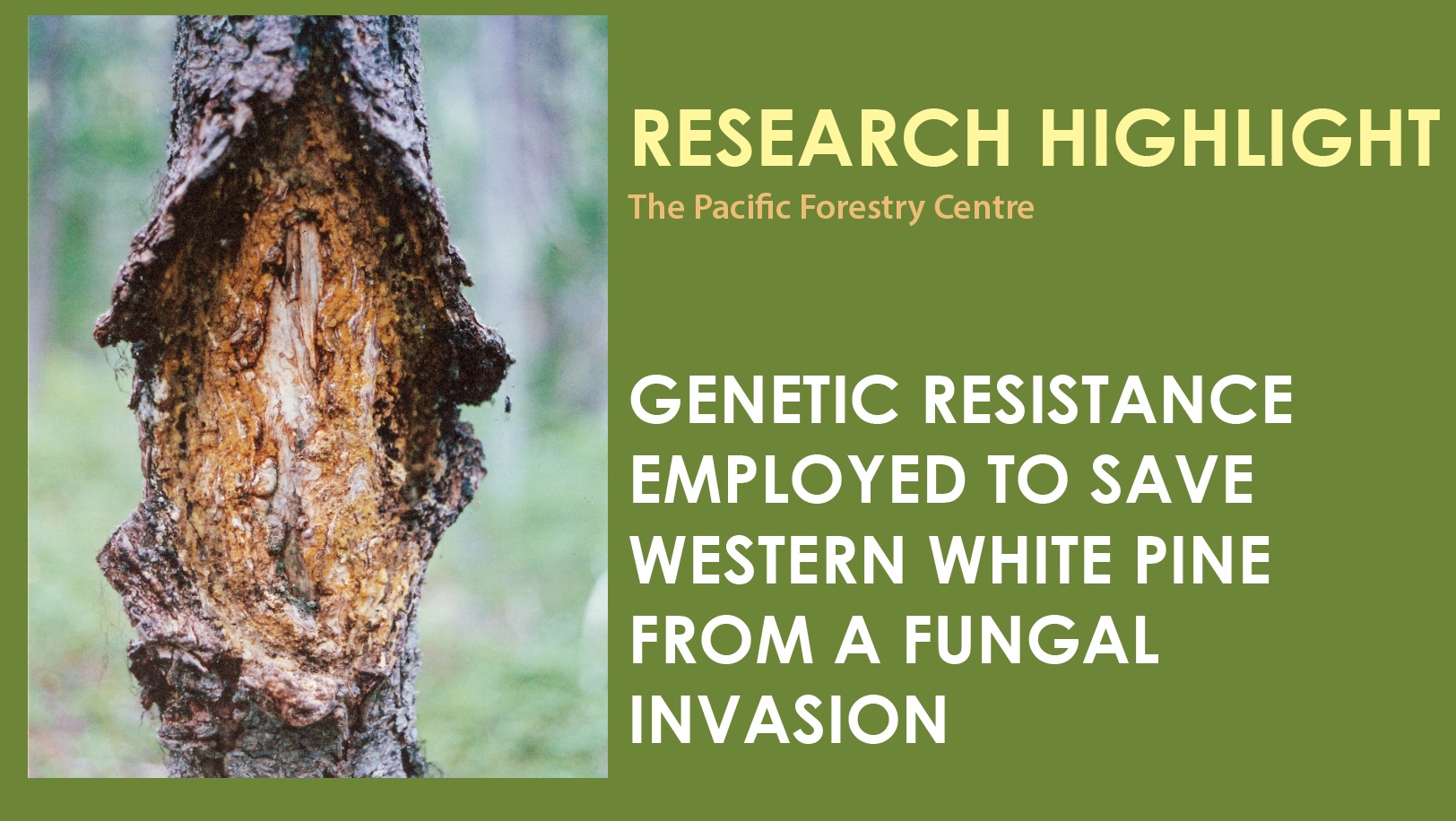 Western white pine is an important conifer species that produces highly prized straight-grained, non-resinous wood used in lumber and value-added products. Once prevalent in BC’s forests, this white pine species almost vanished when, in the early 20th century, an exotic pathogen called Cronartium ribicola was introduced into North America from Europe — killing up to ninety-five percent of Canada’s wild stands of western white pine. “This situation may become worse because climate change makes the race between trees and pathogens even more unpredictable,” said Dr. Jun-Jun Liu, a molecular forest pathologist working to save the threatened pines.
Western white pine is an important conifer species that produces highly prized straight-grained, non-resinous wood used in lumber and value-added products. Once prevalent in BC’s forests, this white pine species almost vanished when, in the early 20th century, an exotic pathogen called Cronartium ribicola was introduced into North America from Europe — killing up to ninety-five percent of Canada’s wild stands of western white pine. “This situation may become worse because climate change makes the race between trees and pathogens even more unpredictable,” said Dr. Jun-Jun Liu, a molecular forest pathologist working to save the threatened pines.

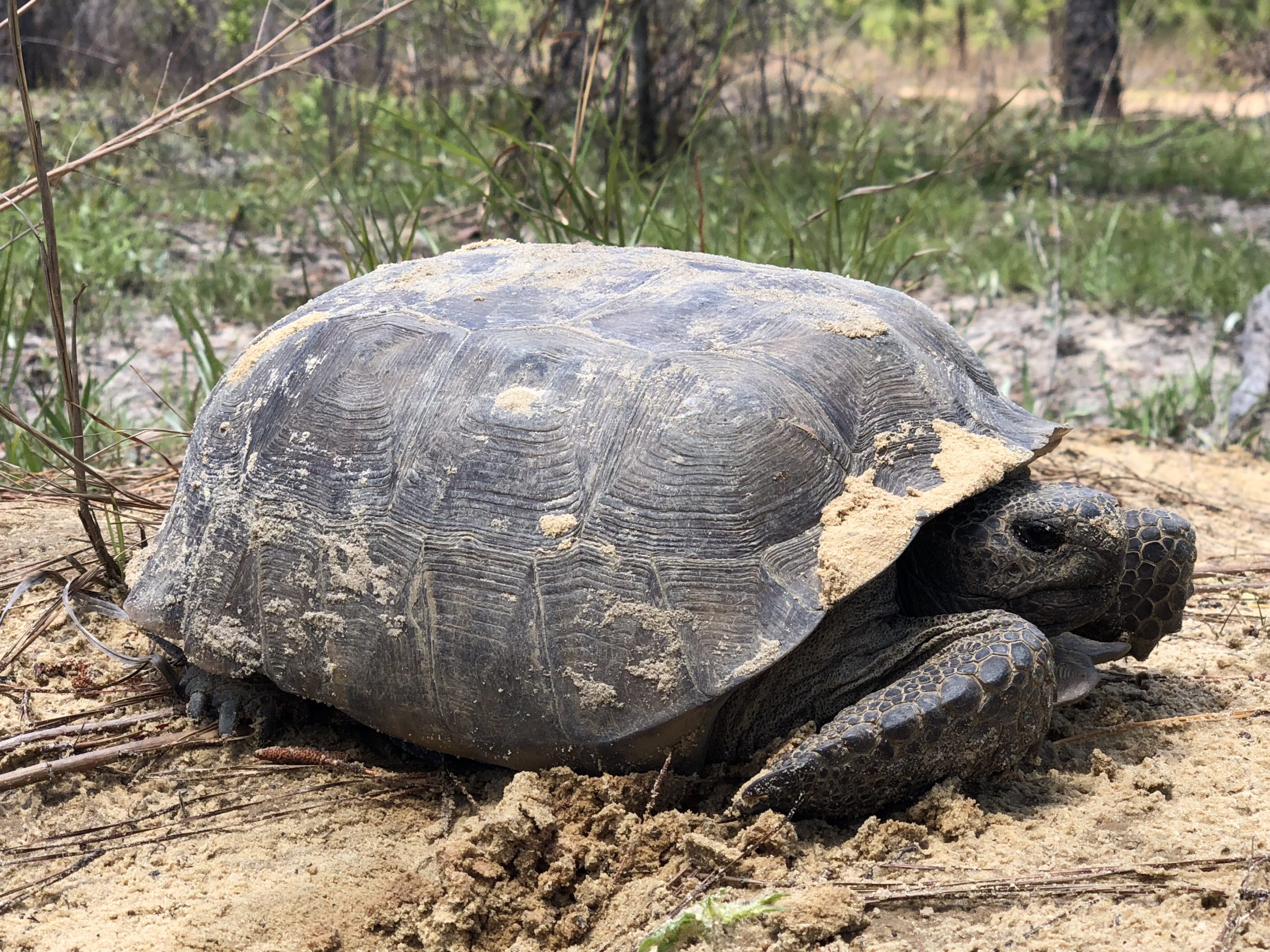 Forest owners in Florida, Georgia, South Carolina, and eastern Alabama breathed a sigh of relief on Tuesday, October 11, when the U.S. Fish and Wildlife Service (FWS)
Forest owners in Florida, Georgia, South Carolina, and eastern Alabama breathed a sigh of relief on Tuesday, October 11, when the U.S. Fish and Wildlife Service (FWS) 

